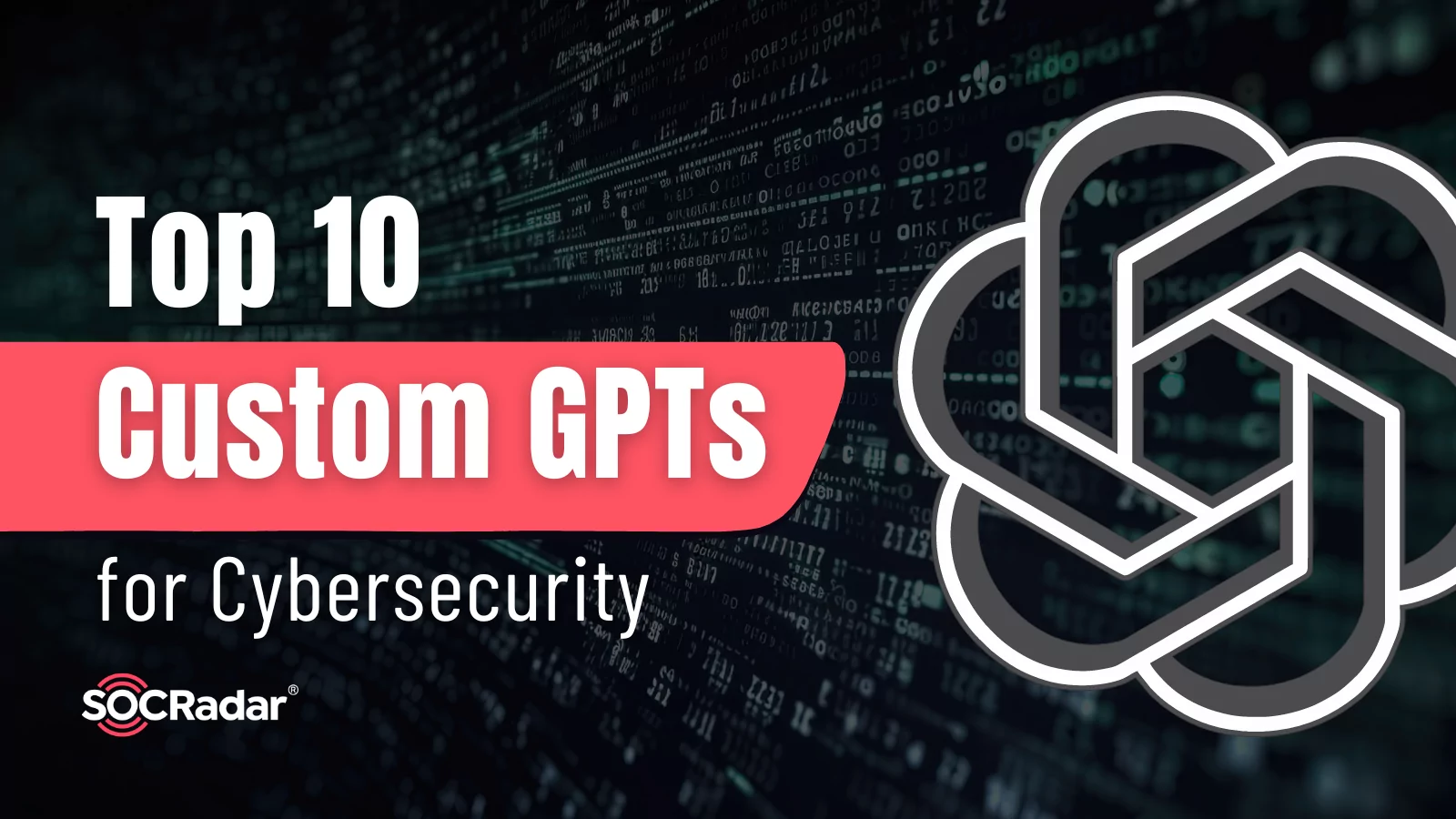Hey there! Coming from the charming San Francisco Bay Area, I’m really excited to bring you up to speed on artificial intelligence’s (AI) latest breakthrough in the cybersecurity world – custom Generative Pre-training Transformer models, or GPTs for short.
Picture this – GPTs in cybersecurity is like the Golden State Warriors and Steph Curry. Just like Curry’s ability to adapt to various game scenarios, these specialized GPT models are tailored to handle different cybersecurity needs. You got it – everything from detecting threats, analysing the potential harm, and even acting out situations for training.
What’s really awesome about this is that we’re turbocharging human precision with AI efficiency’s speed. I have to say, it’s a needed leap forward in digital safety against cyber outlaws.
Now, the tricky part is finding custom GPTs. Picture it like treasure hunting around the scenic Bay, only it’s online. You have to navigate the vast tech seas of OpenAI’s platform, craftily using Google’s site-specific search capabilities to locate the GPTs.
Okay, so now that we’ve found them, what are these custom GPTs about?
Some of our superstars here include ‘Red Team Guides’ that offer advice on penetration tests and security assessments. Then there’s the ‘HackTricksGPT’ – think of it as your go-to learning annex about ethical hacking. Oh, and don’t forget ‘MagicUnprotect’, this fellow specializes in understanding and mitigating threats from malware.
On the vulnerability front, we’ve got the ‘Threat Intel Bot’ and ‘Vulnerability Bot’. Picture them as your personal detectives in tracking potential system weaknesses and emerging cyber threats. No Sherlock Holmes, but they do a good job!
Then, there’s the ‘SOC Copilot’ – designed for Security Operations Centers to help with monitoring, analyzing, and responding to security incidents. Think Bay Area traffic controller, without the commute! And the ‘Blue Team Guides’ is like your personal consultant, giving guidance and strategies against cyber attacks.
Now, let’s pause for a moment. Just as in life, there are limitations even to these advanced GPTs. Sure, they’re great in threat analysis or vulnerability assessment, and their efficiency in dealing with massive data is incredible. But remember, they cannot replicate human judgment, especially when it comes to steering the ship during critical decision-making moments.
Additionally, GPTs could struggle against highly sophisticated or fresh-off-the-plate cyber threats since they’re not necessarily real-time threat prevention tools. Their effectiveness hinges largely on quality training and the structure of their algorithms, much like a home-baked San Fran Sourdough relies on the perfect leavening and baking temperature.
And for those wondering, currently, custom GPTs can’t be interacted with through an API. It’s like trying to order clam chowder to-go without a takeout box. But hey, solutions are being worked on, so we keep our hope alive!
To wrap up, integrating these GPTs into cybersecurity strategies could be a real game-changer – one that boosts threat intelligence, incident response, and generally keeps us one-step ahead in the ongoing marathon against cyber threats. And while they’re not going to be Steph Curry sinking those half-court shots, these GPTs are packing some serious tools for navigating the constantly evolving landscape of cybersecurity. So, until next time, take care and stay safe in our digital Bay Area!
by Morgan Phisher | HEAL Security




